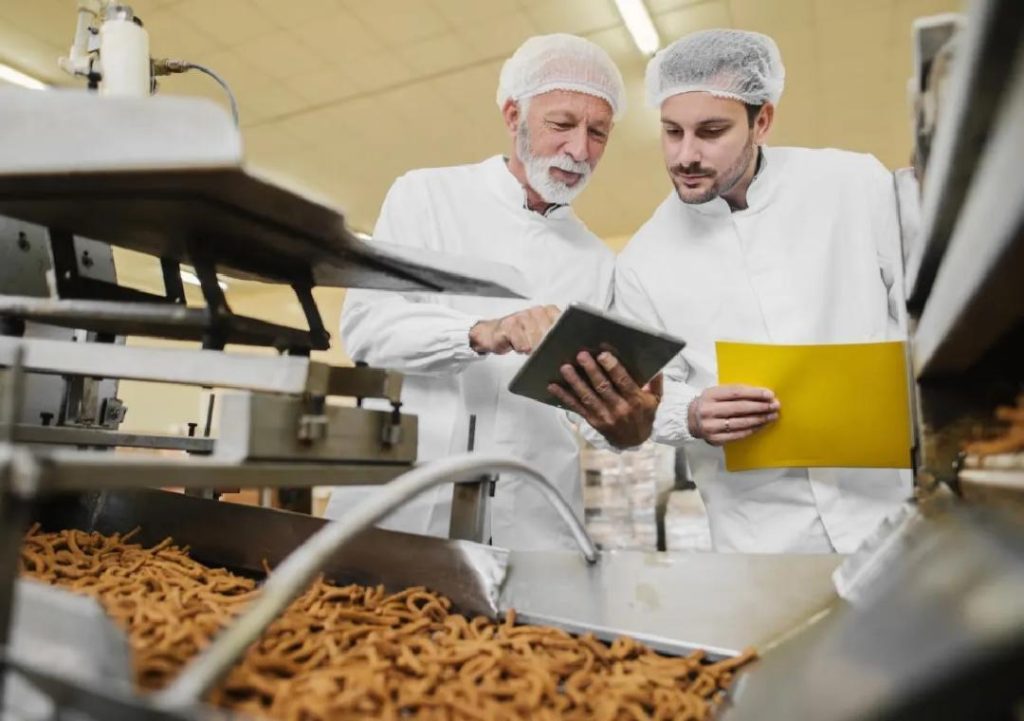
Can P&L Optimisation Redefine Success in Food Technology?
The food technology industry is a rapidly growing sector, with a projected market size of over $250 billion by 2025. To stay ahead of the competition, food tech companies are focused on improving profitability by streamlining their profit and loss (P&L) operations. By leveraging automation, smart inventory systems, and data analytics, these companies are cutting waste, sharpening demand forecasting, and making better decisions.
In this blog post, we’ll explore the importance of P&L optimisation in the food technology industry and how it can redefine success for companies in this sector.
The Challenges of P&L Management in Food Tech
Traditionally, P&L management in the food tech industry has been a labor-intensive process, relying on manual data entry, spreadsheets, and gut feelings. This approach often leads to inaccuracies, inefficiencies, and missed opportunities. Food tech companies must contend with a complex supply chain, unpredictable demand, and the need to manage multiple products, channels, and geography.
The consequences of poor P&L management can be severe. Companies may struggle to maintain a competitive edge, leading to reduced market share, decreased profitability, and even business failure.
The Benefits of P&L Optimisation
So, what are the benefits of P&L optimisation in the food tech industry? By streamlining P&L operations, companies can:
- Cut Waste: Automation and data analytics enable food tech companies to identify and eliminate inefficiencies, reducing waste and saving costs.
- Sharpen Demand Forecasting: Advanced analytics and machine learning algorithms help companies accurately predict demand, reducing the risk of stockouts and overstocking.
- Support Better Decisions: With real-time data and insights, food tech companies can make informed decisions about pricing, inventory, and production, leading to improved profitability.
- Boost Margins: By optimising P&L operations, companies can increase margins, ensuring sustainable growth and competitiveness.
- Ensure Sustainable Growth: By reducing waste, improving forecasting, and supporting better decisions, food tech companies can ensure sustainable growth and expansion.
How Food Tech Companies are Optimising P&L Operations
So, how are food tech companies optimising their P&L operations? Here are some examples:
- Automation: Many food tech companies are adopting automation solutions to streamline P&L operations. For example, automated inventory management systems can track inventory levels, alerting companies to potential stockouts or overstocking.
- Smart Inventory Systems: Smart inventory systems use sensor technology and machine learning algorithms to track inventory levels, monitor product freshness, and predict demand.
- Data Analytics: Food tech companies are leveraging data analytics to gain insights into their P&L operations. By analysing sales data, inventory levels, and production costs, companies can identify areas for improvement and make data-driven decisions.
- Scalable Models: By adopting scalable models, food tech companies can easily adapt to changes in demand, ensuring that production and inventory levels remain in balance.
Case Study: How [Company X] Optimised P&L Operations
[Company X], a leading food tech company, was struggling to manage its P&L operations. The company’s manual processes were inefficient, leading to inaccuracies and inefficiencies. By adopting automation and data analytics solutions, [Company X] was able to streamline its P&L operations, reducing waste and improving forecasting.
As a result, [Company X] was able to:
- Reduce inventory levels by 20%
- Increase production efficiency by 15%
- Improve demand forecasting accuracy by 25%
- Boost margins by 10%
Conclusion
In conclusion, P&L optimisation is a critical component of success in the food technology industry. By streamlining P&L operations, food tech companies can cut waste, sharpen demand forecasting, and support better decisions. By adopting automation, smart inventory systems, and data analytics, companies can boost margins, ensure sustainable growth, and stay competitive in the industry.
For food tech companies looking to optimise their P&L operations, it’s essential to adopt scalable models, leverage data analytics, and automate processes wherever possible. By doing so, companies can achieve significant improvements in efficiency, accuracy, and profitability, setting themselves up for long-term success in this rapidly evolving industry.
Source: https://www.growthjockey.com/blogs/p-and-l-operations-in-food-tech






